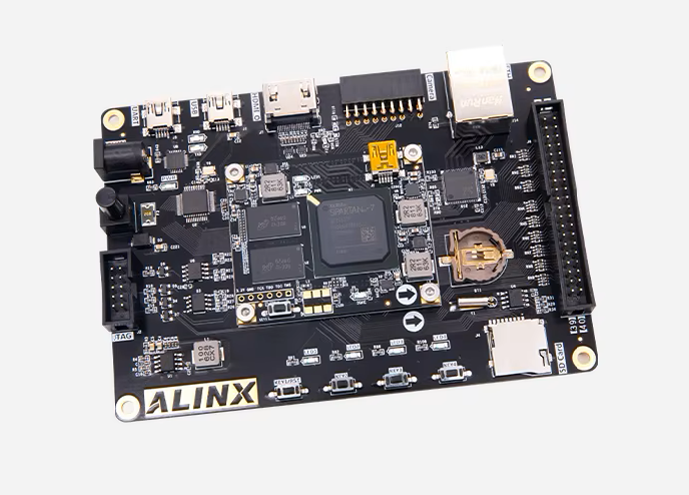Time: 2025-04-25 11:25:13View:
FPGAs are often associated with high-speed designs, but many applications (e.g., embedded control, sensor interfacing, or low-power systems) don’t require high clock speeds. Using an FPGA at lower clock frequencies can save power, reduce complexity, and improve signal integrity. Here’s how to optimize an FPGA design for lower clock speeds:

Low-power FPGA families (e.g., Lattice iCE40, GOWIN GW1N, Microsemi IGLOO2, Xilinx Spartan-7) are optimized for lower speeds and reduced power consumption.
Avoid high-performance FPGAs (e.g., Xilinx Virtex or Intel Stratix) unless necessary—they consume more static power even at low clock speeds.
Most FPGAs have PLLs (Phase-Locked Loops) or DCMs (Digital Clock Managers) that can generate lower clock frequencies from a high-speed oscillator.
// Example: Xilinx MMCM/PLL to generate 1 MHz from 100 MHzclk_wiz_0 clk_gen ( .clk_in1(100MHz), .clk_out1(1MHz), .reset(reset));
If no PLL is available, use a counter-based clock divider (but avoid gated clocks to prevent glitches).
Global clock networks have high fanout but consume extra power. For very slow clocks (<1 MHz), consider using regular routing.
At lower clock speeds, dynamic power (P = C·V²·f) decreases linearly with frequency.
Clock gating (disabling unused logic) helps, but modern FPGAs have built-in power-saving modes.
Use FPGAs with low static power (e.g., flash-based FPGAs like Microsemi ProASIC3).
Lower the core voltage if supported (e.g., 1.2V instead of 1.8V).
Even at low clock speeds, define constraints (e.g., create_clock -period 1000ns -name clk_slow for 1 kHz).
Relaxed constraints allow the tools to optimize for area/power instead of speed.
No need for pipelining or high-frequency optimizations (e.g., retiming).
Use larger logic blocks (e.g., 16-bit adders instead of serialized ones).
Configure I/O pins for low slew rate (reduces noise and power at the cost of speed).
(* IO_STANDARD = "LVCMOS33", SLEW = "SLOW" *) output my_signal;
For slow, noisy signals (e.g., buttons), enable Schmitt-trigger inputs to improve noise immunity.
Some FPGAs (e.g., Lattice MachXO3) support sleep modes where unused logic is powered down.
Example: Wake up on an external interrupt.
Avoid high-speed constructs (e.g., DDR registers).
Use polling instead of interrupts for simple control logic (reduces complexity).
Example: A slow state machine for a sensor interface:
always @(posedge clk_1MHz) begin case(state) IDLE: if (sensor_ready) state <= READ; READ: begin data <= sensor_value; state <= IDLE; end endcaseend
Simulate at the target clock speed to catch issues (e.g., metastability in asynchronous crossings).
Use a low-speed clock in hardware tests (e.g., 1 Hz for LED debugging).
Battery-powered devices (IoT, wearables).
Legacy interfaces (e.g., SPI at 100 kHz, UART at 9600 baud).
Control-heavy (not compute-heavy) designs.
If the design is very slow (<1 MHz) and simple, a low-cost MCU (e.g., STM32, PIC) might be more efficient than an FPGA.
Using an FPGA at lower clock speeds involves:
Selecting a power-optimized FPGA.
Generating clean, divided clocks.
Relaxing timing constraints.
Optimizing I/O and power settings.
Writing efficient (but not speed-optimized) HDL.
This approach saves power, reduces cost, and simplifies design while maintaining flexibility.